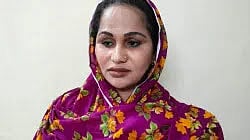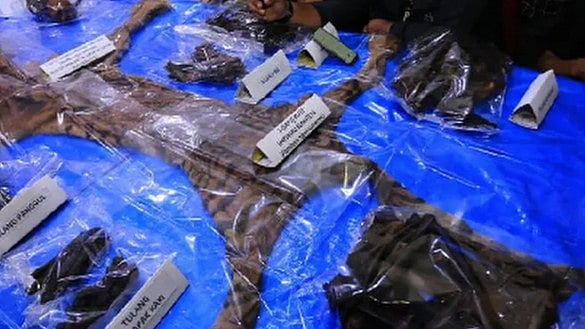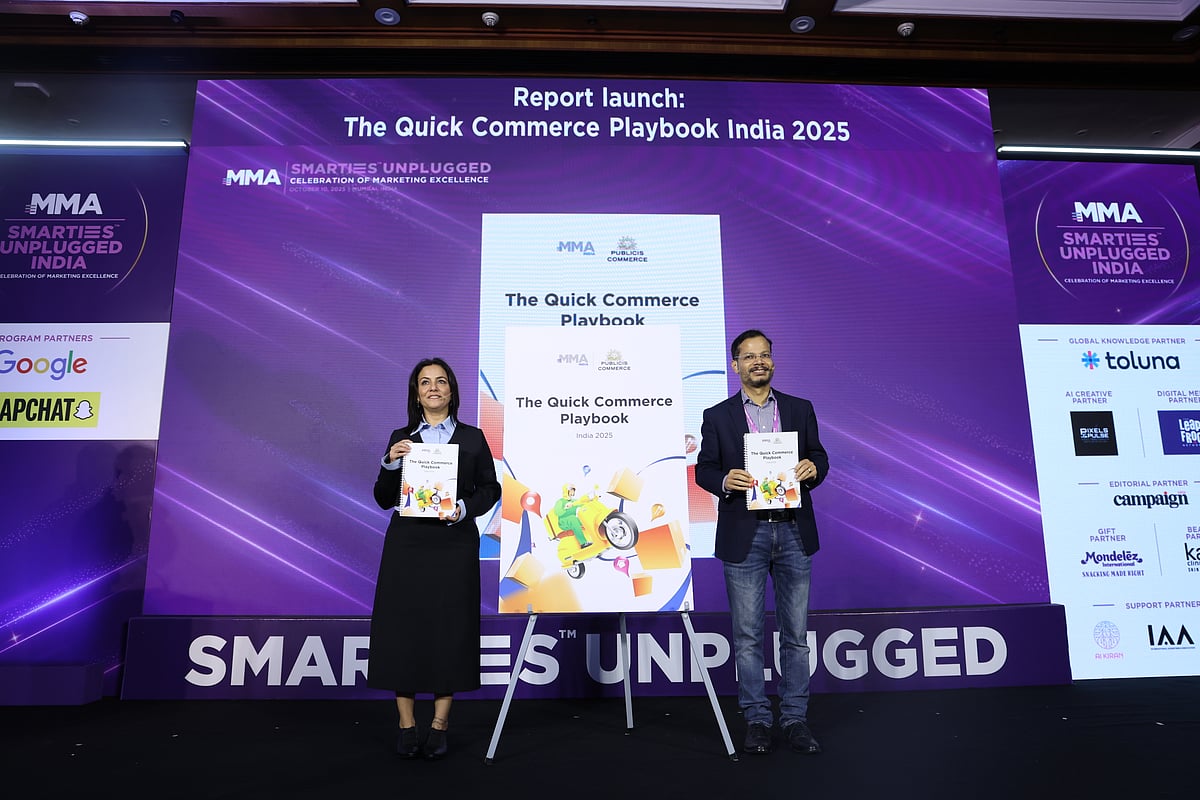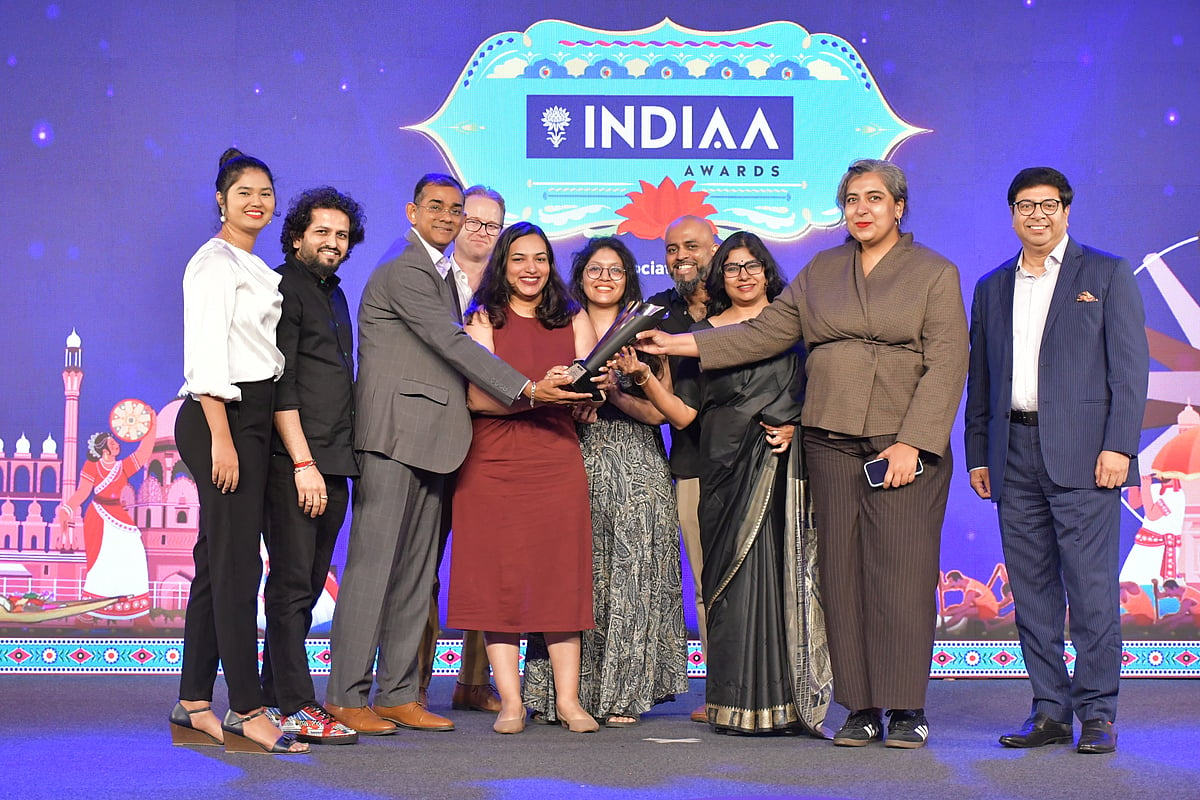The love for artisans and weavers was nurtured in Sujata and Taniya Biswas early. Their father had a transferable job, due to which they kept changing cities and schools. Hence, they were the only constants for each other. During their childhood, the siblings visited neighbouring villages with parents, taking in the art and culture, fabric and textiles. Their mother used to pick fabric materials from the weavers of these villages and customise attires for festive occasions. It stayed with them. Both of them landed up in the corporate world. But soon they found their calling. Fashion brand Suta – derived from the first two letters of their names – was born in 2016.
“The major struggle faced by any brand that works closely with the weaver communities is that they won’t be able to give constant work and that’s where the problems start. As an artisanal brand, our main objective is to keep giving work to the weavers for the whole year. The reason why we are on marketplaces is that we want to create as many avenues as possible to reach the end consumers, so that we can keep giving work to the weavers,” says Sujata.
While fusing the traditional and the contemporary in its products, the brand contributes 28 to 35 pc of the MRP to weavers. The average basket size for the brand that sells on its own website, marketplaces and in physical stores is Rs.4,800. Suta has exclusive stores today in Kolkata, Bengaluru, Mumbai, Thane and Hyderabad.
“Our contribution from the offline stores is 8 to 10 pc. Marketplaces contribute 15 to 18 pc of our revenue. The maximum sale happens through our own website,” says Taniya.
The founders define the brand’s core TG as independent – not only financially, but also in terms of decision-making. The age group of the core audience ranges from 18 to 45 years. Given the product range it would be predominantly female for now, one assumes.
Beyond Metros & Women’s Wear
“The brand has maximum customers from metros as they do a lot of online shopping. Our offline presence is also in metros. But whenever we do exhibitions in tier 2 and 3 cities, the response and reception has been inspiring. The knowledge the people in those cities have about the brand is also overwhelming. We go out of stock in exhibitions in these cities, which made us aware that there is a lot of scope for the brand to grow there,” explains Taniya.
Sarees and blouses are the maximum contributors – 80 pc of the revenue comes from these categories. There are products like handkerchiefs and scrunchies which are also doing well for the brand. Suta launched a men’s collection recently, which is witnessing good traction as well, according to the founders.
“Men’s wear does fantastically well in stores. We haven’t launched all the designs on the website. We are figuring out how to go about the men’s category. We are thinking of including it as a sub-brand,” says Sujata.
This Is Me – The Pride Collection
Suta prides itself on forward-thinking designs, craftsmanship and commitment to inclusivity. The latest reflection of this is a collection ‘This Is Me’ launched as part of the Pride Month celebration. The brand recently revealed the face of its pride campaign, Sushant Divgikr (Rani KoHEnur).
“‘This Is Me’ is inspired by individuality and the pieces are designed to appeal to the sensibilities of the contemporary wearer seeking statement-making festive and occasion wear,” says Taniya.
The collection comprises ornate sarees, statement blouses and designer pantsuits, using diverse materials like organza silk, silk satin, viscose and denim. “Each of these pieces is made-to-order, and a true labour of love by Suta’s skilled artisans,” says Taniya.
A campaign for the collection highlighted individuality and self-expression using a collaborative approach, featuring leading voices from the LGBTQIA+ community. The line up besides Divgikr included Sushant DivGentleman Gaga, Ashish Dey (Deysi Rawmen), Souman (Goddess Gagged), Glorious Luna, Mx Siaan (Mx Stallion), Zeesh and Harshavardhan Rai (Rai-OTT), who is also a design lead at Suta and has designed this collection. Along with modelling Suta’s pieces, they will use the platform to lend their voices to issues that are pertinent to the community, explains Sujata.
Marketing for the Weavers
The brand is present across social media and digital platforms. While Insta is where it’s at today for fashion, there is an understanding that some other platform might be the place to be tomorrow. OOH and print ads have also been mediums of choice to build the brand. During exhibitions, radio is also utilised. All the brand building is towards the end goal of building a larger base for its unique products and impacting the weaver community positively, underlines Taniya. The engagement goes beyond the monetary contribution.
For instance, the brand has started a yoga centre for kids near weaver workplaces. Suta also plants trees in weaver villages, which have visibly turned greener over the years, notes the founder. The brand is also encouraging opening of women’s bank accounts.
“The weavers work as a family. The account used to be in just one person’s name and that generally used to be the man of the house. We decided to divide the work and we are aware of the percentage of work done by women. We encourage the women to open a bank account of their own and their share of the wage goes directly into their bank accounts. This practice is followed by all households. We can see the visible changes in the community and how they are turning into independent and self-sustaining individuals,” she explains.
Suta is currently working with 17,000 weavers across India, in places like Bihar, West Bengal, Tamil Nadu, Madhya Pradesh, Chhattisgarh, Uttar Pradesh, Andhra Pradesh, Jammu & Kashmir and Kerala.
“In terms of offline expansion, we want to have four to five more stores in cities like Chennai and Delhi. Going forward, we want to open stores in tier 2 and 3 cities. We are getting a lot of franchise enquiries and requests, which we are contemplating on. Revenue wise, we are at Rs.56 crore currently and by this financial year we are targeting Rs.80 crore,” reveal the sisters.
They also want to add around 1 lakh weavers to the Suta community in the coming years. That aligns with the brand’s stated goal of onboarding 2 lakh artisans and weavers by 2030, by maximising handloom and hand-made products.
MN4U SYNDICATE










